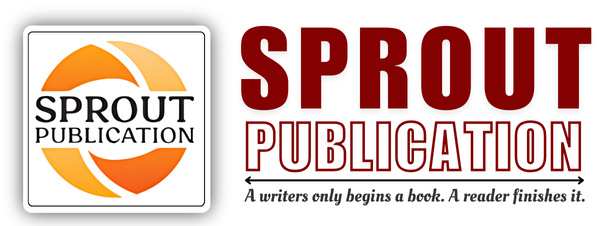Chapter 5: Sympathomimetic Agents- II
Chapter 5: Sympathomimetic Agents- II
Author: Mrs. Neelam Singh
Volume: 01
First Online: 31 August 2024
Pages: 69-78
DOI:
Abstract
Sympathomimetic agents can also act through indirect mechanisms or mixed mechanisms. Indirect-acting agents, such as hydroxyamphetamine, pseudoephedrine, and propylhexedrine, exert their effects by increasing the release or inhibiting the reuptake of endogenous catecholamines like norepinephrine and dopamine. These agents enhance neurotransmitter availability at synaptic clefts, leading to prolonged stimulation of adrenergic receptors. For instance, pseudoephedrine is commonly used as a nasal decongestant due to its ability to constrict blood vessels in the nasal passages. Agents with mixed mechanisms, like ephedrine and metaraminol, possess both direct and indirect actions. Ephedrine, for example, directly stimulates adrenergic receptors and also promotes the release of norepinephrine from nerve endings. This dual action makes it effective in treating conditions like hypotension and nasal congestion. Metaraminol, on the other hand, primarily acts as a vasopressor, useful in managing acute hypotensive states. The versatility of these agents, due to their combined mechanisms, makes them valuable in various therapeutic contexts, providing both immediate and sustained adrenergic stimulation. Understanding the diverse actions of indirect and mixed sympathomimetics is crucial for their optimal clinical use.
Keywords: Hydroxyamphetamine, Pseudoephedrine, Propylhexedrine, Catecholamines, Norepinephrine, Dopamine

